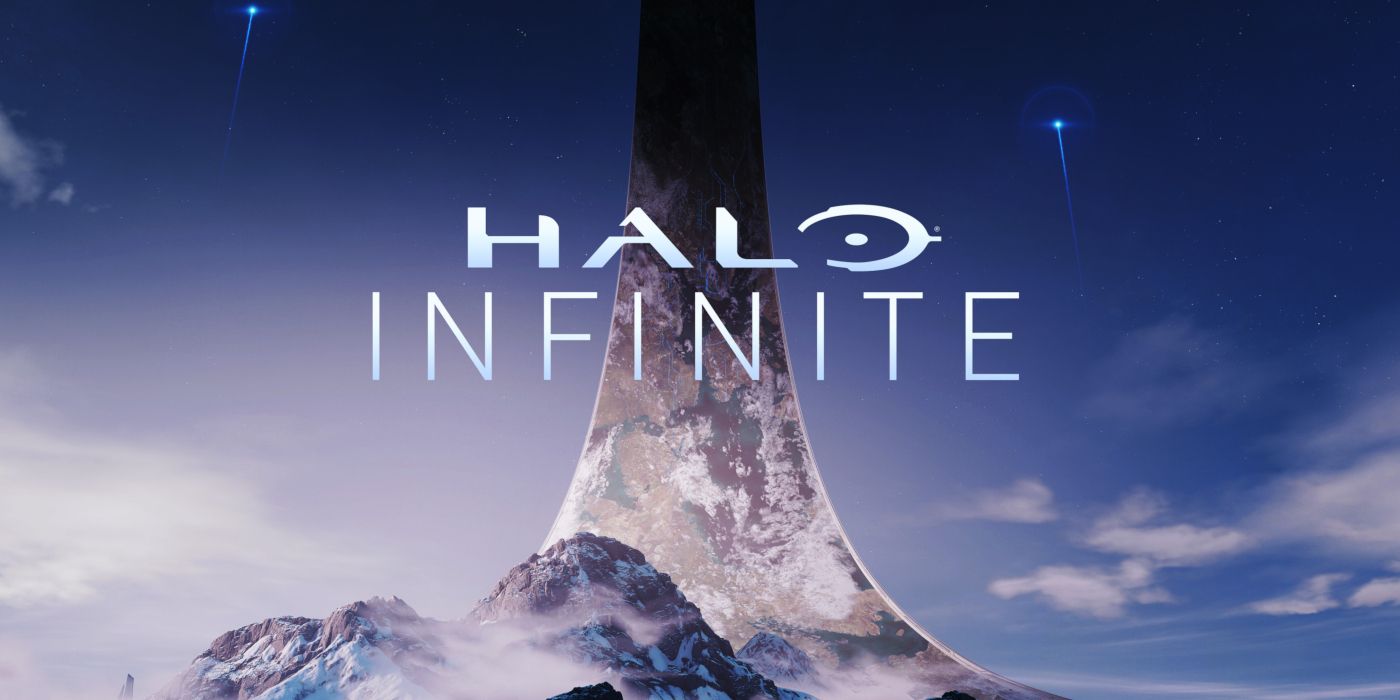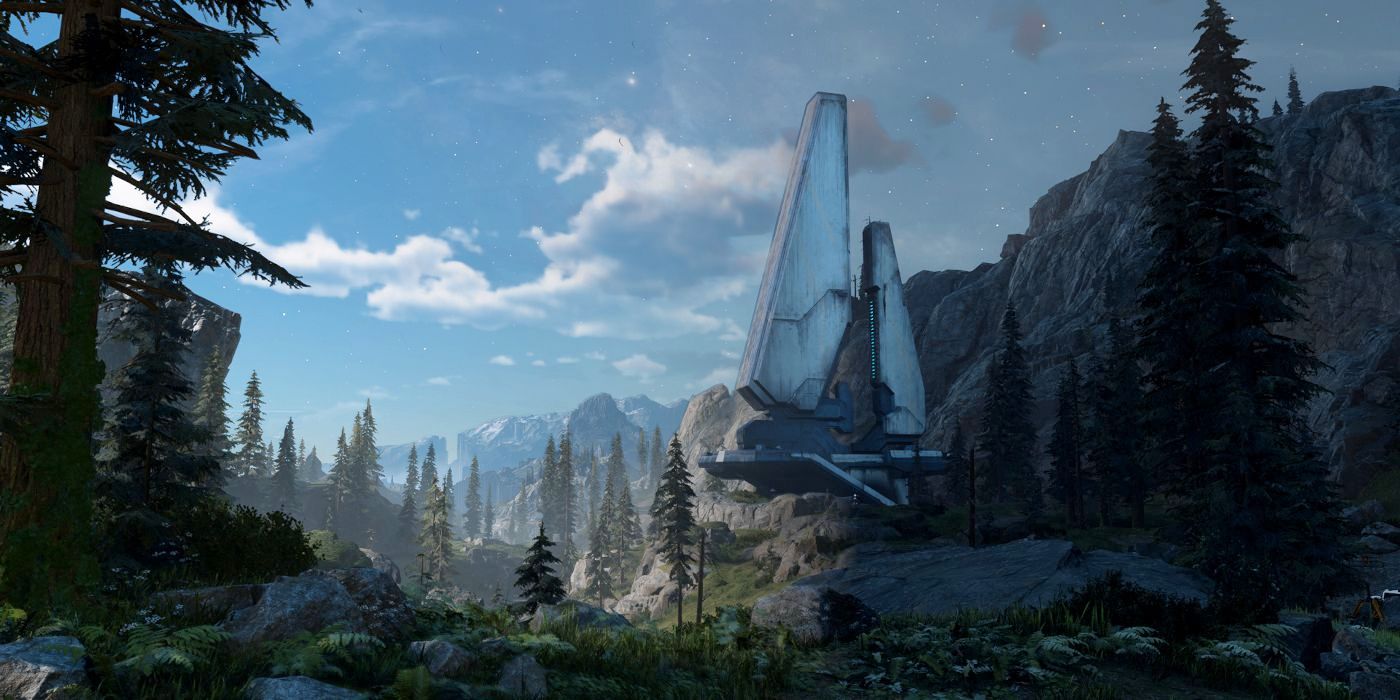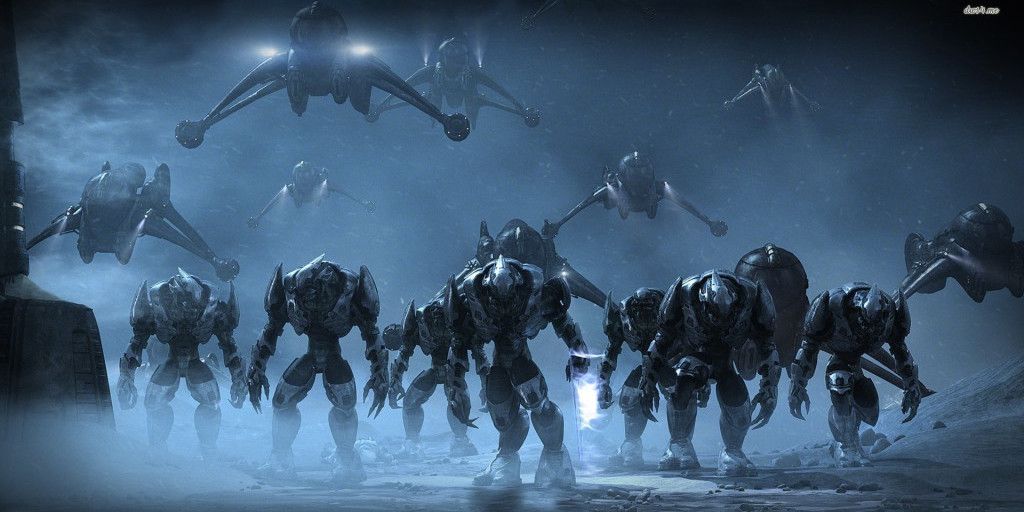Halo Infinite will see Master Chief travel to Zeta Halo, also known as Installation 07. The oldest surviving Halo, Zeta Halo, has never actually been seen directly in the games before, only represented by holograms.
The history of Zeta Halo, however, has been extensively explored in the Halo novels. With that in mind, here's everything fans need to know about Zeta Halo before Halo Infinite.
The Origins Of Installation 07
Originally named Gyre 11, Zeta Halo is the only surviving Halo from the original twelve created by the Forerunners to form the Halo Array during their war with the Flood. The twelve original Halos were made at the Greater Ark, and were 30,000 kilometers in diameter. This made the original Halos three times larger than the six Halos that would later be created at the Lesser Ark. If fired as a last resort, the Halo Array would wipe out all sentient life in range, depriving the Flood of its food.
As well as being part of the Halo Array, the original twelve Halos also housed samples of life from across the galaxy. Zeta Halo was made home to some species from Earth, including many humans. These people developed their own culture, and even constructed early cities.
A Forerunner named Master Builder Faber was put in charge of Zeta Halo and began using its human population in cruel experiments designed to help defeat the Flood. Faber believed that humans had developed an immunity to the Flood, though in reality the Flood was specifically targeting the Forerunners. Faber even began taking humans from Earth to gather more test subjects.
While firing the Halo as part of a test, the Forerunners of Zeta Halo inadvertently released another Flood Gravemind known as "the Primordial" from its ancient prison. Not realizing what they had found, the Forefunners brought the Primordial to Zeta Halo as a captive. It quickly turned the Halo's AI - Medicant Bias - against the Forerunners. Eventually, Medicant Bias and the Flood took over the installation.
Firing The Halos And The Human-Covenant War
Faber survived, but the other Forerunners eventually turned on him. Zeta Halo was attacked and heavily damaged. It escaped through a slipspace portal but was nearly destroyed. Medicant Bias was eventually defeated, however, and the Halo was taken over by the Forerunner IsoDidact.
The damaged parts of the Halo were abandoned, reducing it in size to 10,000 kilometers in diameter. It was eventually used by the IsoDidact, along with the six newer Halos in the Halo Array, to eradicate sentient life within range in a last-ditch effort to contain the Flood. This event was known as the Great Purification, and took place at the end of the Forerunner-Flood War, around 97,445 BC
Roughly 100,000 years later in the year 2552, Master Chief would remotely deactivate Zeta Halo when it was found to be on standby mode and ready to fire. In 2555, after the Human-Covenant War, the location of Zeta Halo was discovered by archaeologist Luther Mann by decoding Forerunner information pathways. In 2258 a faction of Elites destroyed an outbreak of the Flood on the ring, and were joined by the UNSC to ensure that it didn't return.
From what has been seen of Halo Infinite so far, the surface of Zeta Halo will broadly resemble Earth's atmosphere. This makes sense, considering the human inhabitants who the Forerunners studied there, and it will also likely make it quite similar to Installation 04. Hopefully, 343 will use Halo Infinite's setting as a chance to dive into some of Zeta Halo's backstory, instead of just using it a backdrop for a battle with the Banished.
Halo Infinite is expected to release in Fall 2021 on PC, Xbox One, and Xbox Series.



